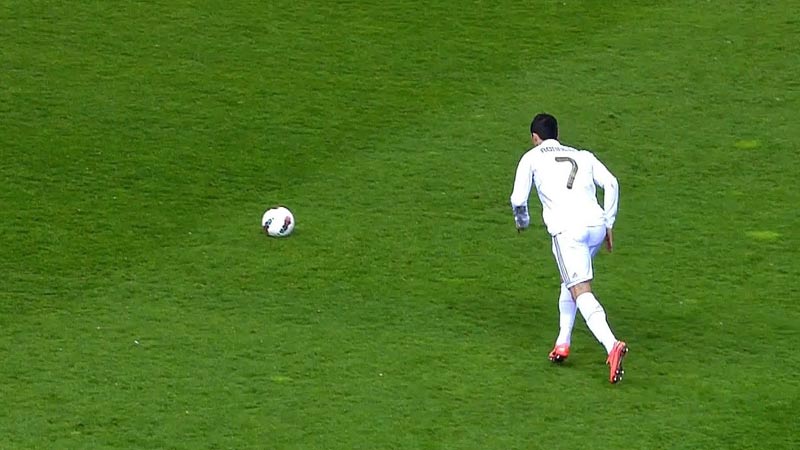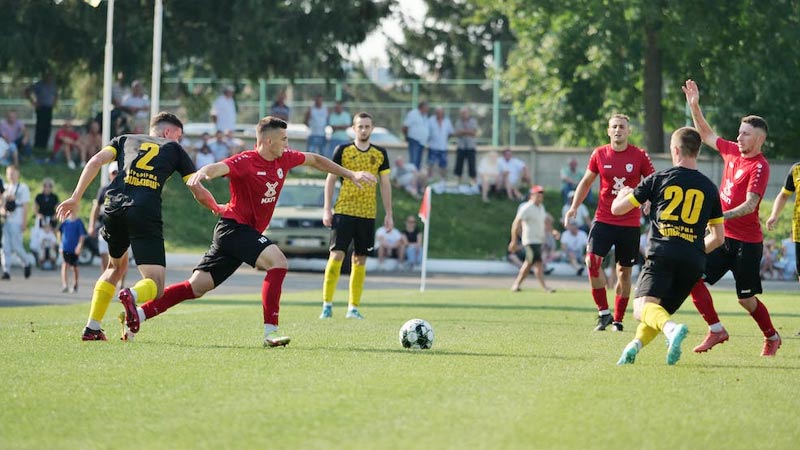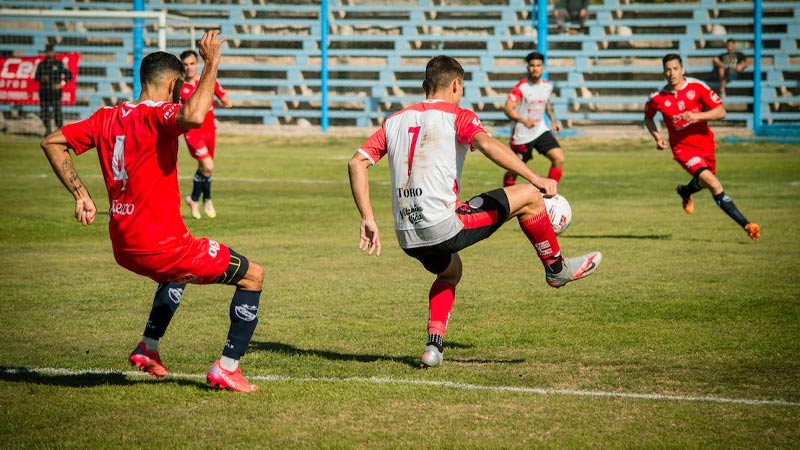Have you recently grown your interest in Soccer? It’s not too late yet!
Start with the basics of Soccer and join your friends at the stadium! No idea where to begin? Let us help you with that!
Soccer is a simple form of sport. You don’t have to work extra hard to understand how things work in the field. But in case you are a newcomer in the world of soccer, you must start with a few essentials.
Keep reading to find out what we are talking about. Let’s hop in!
The Basics of Soccer Terminologies
We will highlight a few common terms you should know to understand soccer better with us. They are,
Attacker:
An attacker in soccer moves the ball forward toward the opposing goal area, to create goal opportunities.
Defender:
There are three defenders in Soccer and they aim to keep the opposing team’s players from scoring goals.
Back Heel:
Yes! Back heels are allowed in soccer. A back heel happens when a player kicks a ball using the back of his foot.
Bicycle Kick:
A remarkable move in Soccer. A player jumps into the air and kicks the ball backward over his head. We call it the bicycle kick because the player’s leg looks like a pedaling bicycle at the moment of this kick.
Striker:
A striker is one kind of attacking player who delivers the attacks by scoring a ball.
Foul:
A foul is an illegal play committed by a player that results in a yellow or red card.
Back Pass:
A pass made by a player to get the ball to the goalie (goalkeeper). It is usually a defensive move that starts a new phase of the game.
Bending the Ball:
It’s a technique in which a player hits the ball off-center. The goal is to make a curved path for the ball, ideally one that leads to a touchdown!
Free Kick:

It is a penalty kick awarded to the opponent as a result of a foul.
Direct Free Kick:
It is a type of free kick in which the player who takes it also scores a goal.
Corner Kick:
A common term in soccer. A player takes the shot from the corner near the spot where the ball landed.
An attacker takes a free kick from the field’s corner. A corner kick happens when the ball crosses the goal line after last touching a defensive player.
Dribble:
In addition to basketball, we have dribbling here in soccer too. Dribbling is used in soccer to keep control of the ball while sprinting.
Kickoff:
At the start of each half and after a goal is scored, the kickoff is made from the center of the field. Learn more about kickoff rules here.
Center Spot:
It is in the center of the field from which the kickoff is made.
Goal Kick:
The goal kick can be performed by any player, however, it is usually performed by the goalie.
The defending team receives a goal kick when the attacking team’s ball crosses the goal line.
Goal Line:
Goal lines refer to the two lines at the end of the field, not simply one.
Offside:
Offside happens when a player is closer to his opponent’s goal line than the ball and the second-to-last defending opponent. Offsides are illegal unless the player is in their half or stationary. Learn more here.
Touchline:
It is the outer perimeter of the soccer field’s longer side.
One-Touch Pass:
An interesting pass in which a player passes the ball initially with his first touch.
Penalty Area:
The rectangular area in front of the goal where the goalie is permitted to handle the ball. Because of its size, it is sometimes known as the 18-yard box.
Throw-In:
A ball that crosses crosses the touchline. A player must have both feet on or behind the touchline, maintain ground contact, and use a two-handed throw from behind the head.
Note that, a throw-in doesn’t result in a goal.
Red Card:
A serious term in soccer, and perhaps in any other game. The referee issues a player with a red card when he commits a major violation. Or, earlier he has been awarded with two yellow cards in the same match.
The referee holds up the red card and it indicates that the player is suspended from the field and he can no longer be a substitute player as well.
Here are some common terms you should know to be aware of the fundamentals of soccer. Let’s figure out how soccer works now.
How Does The Basics of Soccer Work?

You should know already, that in soccer two teams participate. Each team has eleven total players, including the goalkeeper.
The contest begins with a kickoff, and the team that wins the coin toss decides whether to kickoff or attempt to goal. One team tries to score while the other defends.
The team who has the possession of the ball tries to pass the ball to the opponent’s net. The entire ball has to enter the goal area. If the ball passes or stops after initially being on the net, it will not be a goal.
The team who scores the most at the end of the game wins. That’s how the game goes on.
However, in case the match ends in a draw, the play enters into the extra time. Or, even if that doesn’t bring a winner, a penalty shootout takes place.
Important Resources:
Soccer Formations: 3-5-2 Soccer Formation, 4-3-3 Soccer Formation, 4-4-2 Soccer Formation.
Kickoff Rules: The point where it all starts.
Soccer Substitution: Learn more about Substitution here.
Offside Rules: The most confusing rules in Soccer.
Soccer Extra Time: When the match ends in a tie.
Soccer Stoppage Time Rules: How the halftime works.
Wrapping Up
As a beginner who is just starting with Soccer, we have mentioned some essential resources here. It should be enough to push forward!
Stay tuned with us for more! Also, share our with your friends and let them know about us! We offer useful tips and tricks on Soccer as well as other sports.







